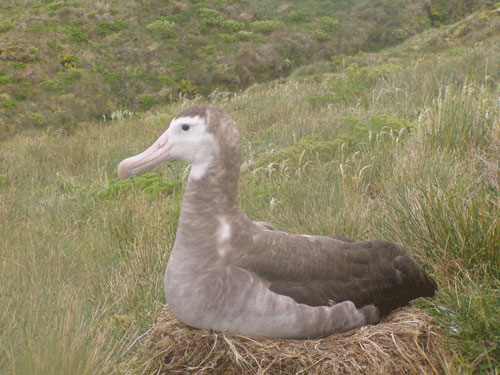John Penhallurick, writing on-line and open-access in The Open Ornithology Journal, has considered how many species of albatrosses currently exist.
The paper's abstract follows
"The basis of the widespread practice of recent years to recognise 23 or 24 species of albatross is critically examined. In large part this can be traced back to an analysis which split the traditional species of albatross on the basis of theoretical fiat: the embrace of the narrow Phylogenetic Species Concept. The role of conservation concerns in albatross taxonomy is examined and rejected. Claims that introgression is likely to explain the low cytochrome-b distance found between many "new" albatross species are rejected. An analysis of climatic conditions at albatross breeding colonies can explain plumage differences in the ontogeny of albatross taxa, and plumage colouration can be related to differing environmental pressures. It is concluded that the variation among taxa within albatross taxa is ecophenotypic. Finally, it is suggested that a plausible mechanism for such variation can be found in epigenetics."

An assumed female Tristan Albatross incubating on Gough Island: species or subspecies?
Photograph by John Cooper
Reference:
Penhallurick, J. 2012. The number of albatross (Diomedeidae) species. The Open Ornithology Journal 5: 32-41.
John Cooper, ACAP Information Officer, 25 July 2012

 English
English  Français
Français  Español
Español